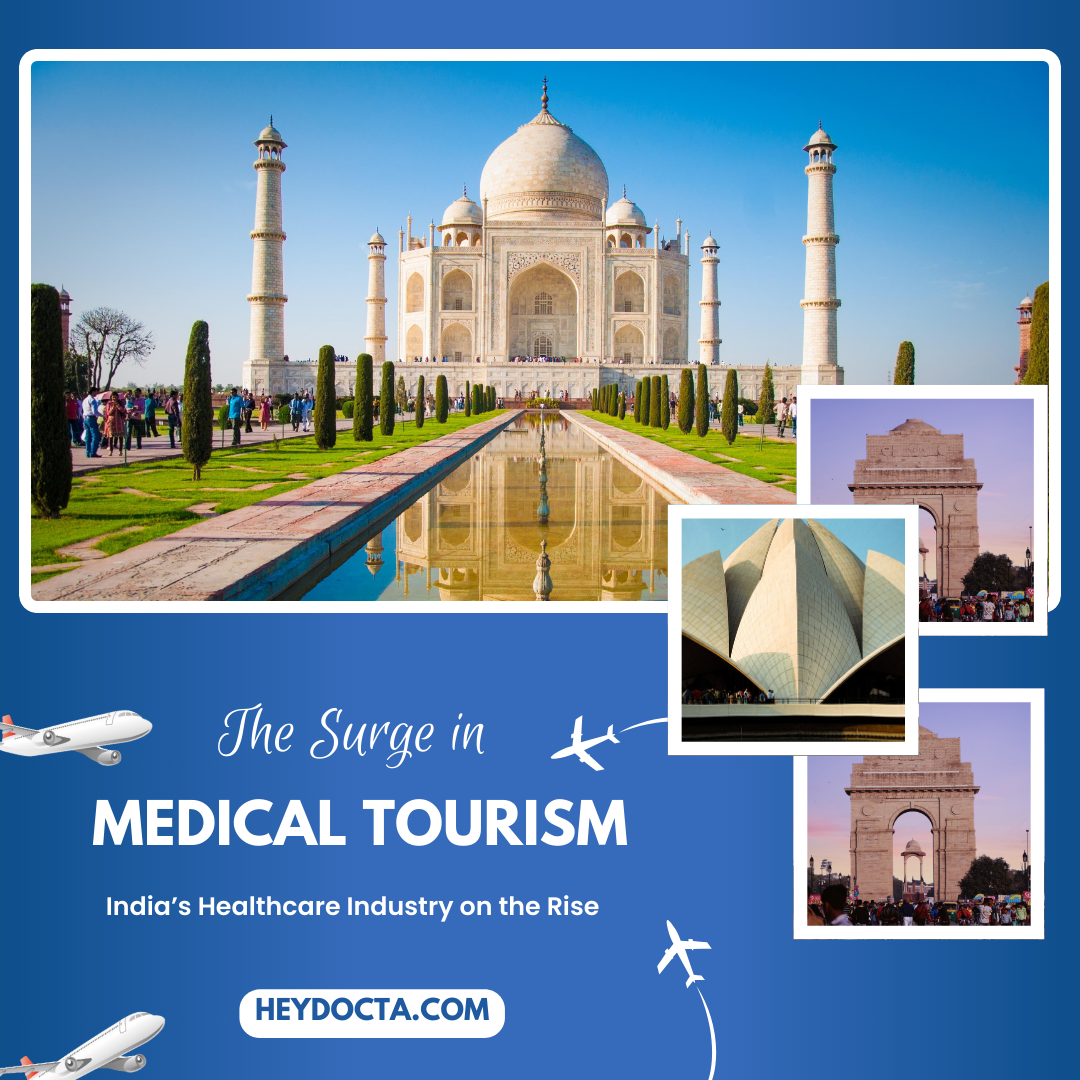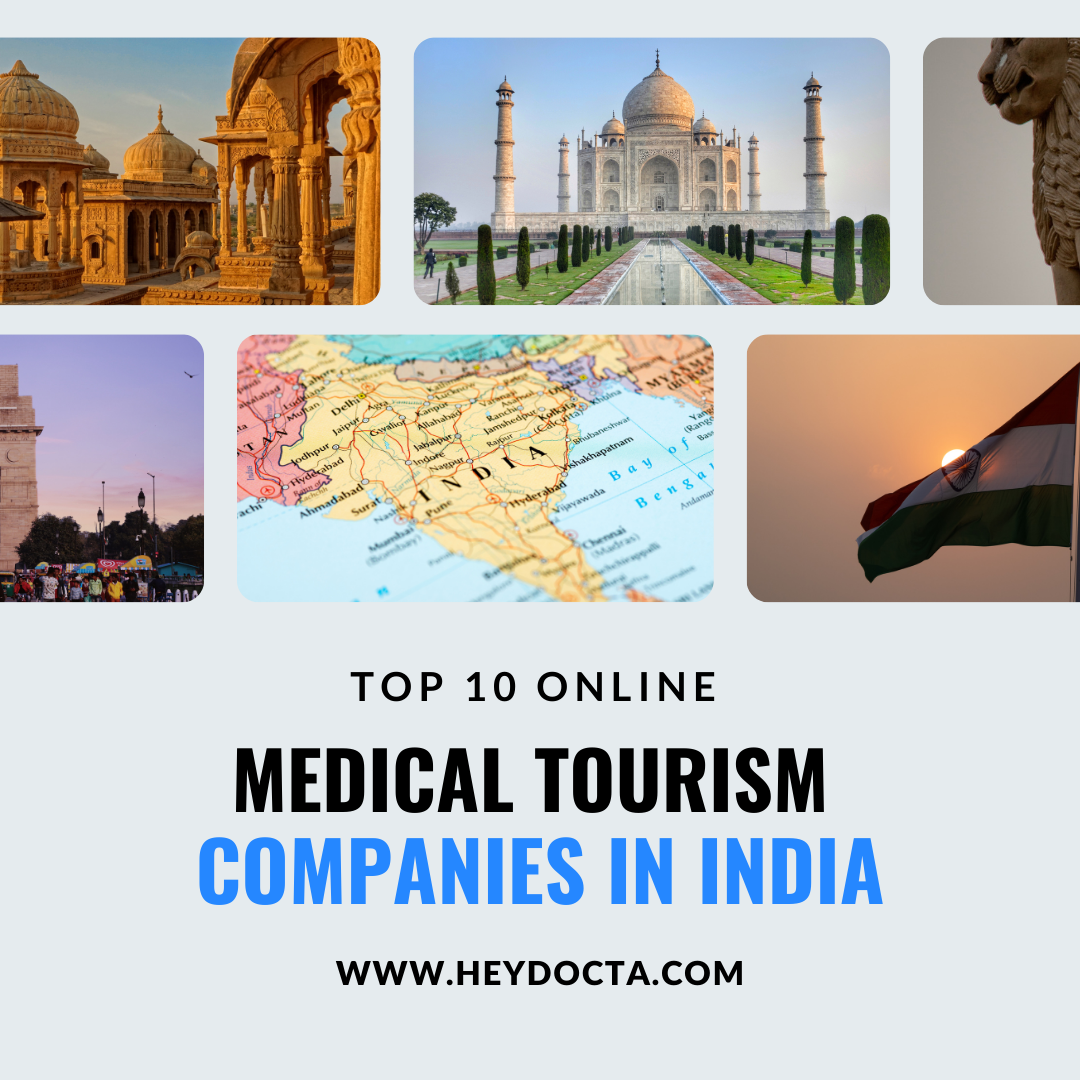India’s medical tourism sector is witnessing unprecedented growth, as highlighted by a recent report from the credit rating agency ICRA. According to the report, medical tourism in India surged by approximately 33% year-on-year in 2023. This upward trend is expected to continue into 2024, with projections suggesting that the number of medical tourists will surpass the pre-pandemic levels of 700,000 visitors recorded in 2019.
Driving Factors Behind the Growth Of Medical Tourism in India
Several factors contribute to the booming medical tourism industry in India:
- E-Medical Visa Expansion: One of the key drivers of this growth is the Indian government’s initiative to extend e-medical visa facilities to nationals of 167 countries. This move has significantly eased the process for international patients to seek medical treatment in India, thereby boosting the number of medical tourists.
- Competitive Treatment Costs: India is globally recognized for offering high-quality medical care at a fraction of the cost compared to Western countries. Procedures such as heart surgeries, orthopedic surgeries, and cosmetic treatments in India can be 60-80% cheaper than in countries like the USA or UK, making it an attractive destination for medical tourists.
- Quality Medical Facilities: India is home to world-class hospitals equipped with state-of-the-art technology and staffed by highly skilled doctors. Many of these hospitals are accredited by international bodies, ensuring that patients receive the best possible care.
- Shorter Waiting Times: Unlike in many Western countries where patients face long waiting times for certain procedures, India offers relatively short waiting periods, enabling patients to receive timely treatment.
Positive Outlook for the Indian Hospital Industry
The growth in medical tourism is expected to have a ripple effect on the broader Indian hospital industry. ICRA’s report indicates that the aggregate occupancy for hospital companies is projected to remain stable at 61-63% in FY25, slightly down from 64.7% in FY24. This stability is due to the ongoing demand for healthcare services and the continued market share gains by organized players.
The average revenue per occupied bed (ARPOB) is expected to grow by 4-6% in FY25, following an 11% increase in FY24. This growth is attributed to an improved specialty mix, a better payor mix focusing on cash and insurance patients, and annual price adjustments to address cost inflation.
ICRA estimates a revenue growth of 12-14% for hospital companies in FY25. Enhanced operating leverage, cost optimization, and digitization measures are likely to sustain an operating profit margin (OPM) of around 22-23%, compared to 23.1% in FY24.
Expansion and Future Growth Prospects
The Indian hospital industry is poised for significant expansion in the coming years. ICRA projects that hospital companies will add over 4,000 beds in FY25 and another 3,400 beds in FY26, representing approximately 23% of the existing capacity as of March 31, 2024. While this expansion will involve some debt funding, ICRA expects the debt metrics to remain strong, ensuring financial stability for the industry.
Several factors will continue to drive growth in the Indian hospital industry:
- Rising Incidence of Non-Communicable Diseases: The increasing prevalence of non-communicable lifestyle diseases such as diabetes, cardiovascular diseases, and cancer is expected to drive demand for specialized medical care.
- Higher Healthcare Spending: As India’s economy grows, per capita healthcare spending is expected to increase, further boosting the demand for quality healthcare services.
- Greater Health Insurance Coverage: The expanding coverage of health insurance in India is enabling more people to access private healthcare, driving growth in the hospital sector.
- Growing Medical Tourism Volumes: The continued rise in medical tourism volumes, driven by India’s competitive advantages in cost and quality, will further support the industry’s growth prospects.
Technological Advancements and Patient Care
Technological advancements in the Indian healthcare sector are also playing a crucial role in improving patient care. These advancements have helped maintain the average length of stay (ALOS) at 3.4 days, promoting quicker patient turnover and enabling hospitals to treat more patients efficiently. The steady in-patient footfalls for FY24, supported by a recovery in medical tourism and a shift towards larger hospitals with increased insurance coverage, underscore the positive trends in the industry.
Conclusion
India’s medical tourism sector is on a robust growth trajectory, with the potential to exceed pre-pandemic levels in the near future. The combination of government initiatives, competitive treatment costs, and high-quality medical facilities has positioned India as a leading destination for international patients seeking affordable and reliable healthcare. As the industry continues to expand, it promises a bright future for India’s hospital sector, with increasing revenues, stable occupancy rates, and ongoing investments in infrastructure and technology.
For international patients looking for world-class medical treatment at affordable prices, India remains a top choice, and the future of medical tourism in the country looks brighter than ever.





